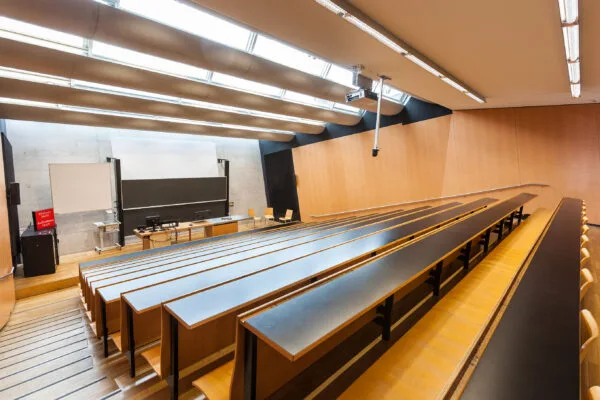
NAME:
SOWI - HS 3
BUILDING:
SOWI
FLOOR:
0
TYPE:
Lecture Hall
CAPACITY:
140
ACCESS:
Only Participants
EQUIPMENT:
Beamer, PC, WLAN (Eduroam), Overhead, Blackboard, Sound System, Microphones, Handicapped Accessible
Chile faces high vulnerability to mountain hazards along the Andean Cordillera. As climate change and urban development intensify, the frequency and impact of destructive debris flows are anticipated to rise. To inform mitigation and adaptation strategies, it is imperative to understand the characteristics of historical events in this region. A notable example is the Parraguirre rock avalanche that occurred on November 29, 1987, which transformed into a catastrophic debris flow, propagating 50 kilometers down-valley and causing severe damage and loss of human lives. The high destructive power is attributed to the considerable amount of water involved. Yet, the source of this water remains largely unidentified. Further unknowns are the initial trigger volume and the total mass transfer down the valley.
In this study, we revisit the past event by integrating new insights from remote sensing, climate and hydrological records as well as process-based modelling. Our results suggest important corrections for the trigger volume, the total fluid flood volume and a first estimate of the solid mass transfer out of the Parraguirre catchment. Moreover, we find that the elevated water content cannot be solely attributed to the entrainment of soil moisture and snow cover. It requires a considerable contribution from another source – likely in form of glacier ice. Furthermore, our simulations corroborate the damming hypothesis of Río Colorado, thereby reconciling the observations of multiple waves as well as on arrival times and run-out distance.

We and use cookies and other tracking technologies to improve your experience on our website. We may store and/or access information on a device and process personal data, such as your IP address and browsing data, for personalised advertising and content, advertising and content measurement, audience research and services development. Additionally, we may utilize precise geolocation data and identification through device scanning.
Please note that your consent will be valid across all our subdomains. You can change or withdraw your consent at any time by clicking the “Consent Preferences” button at the bottom of your screen. We respect your choices and are committed to providing you with a transparent and secure browsing experience.
Notifications